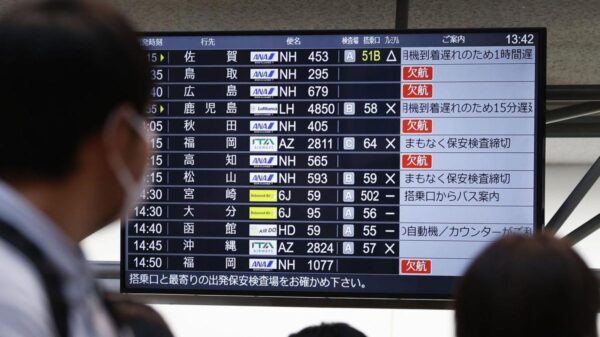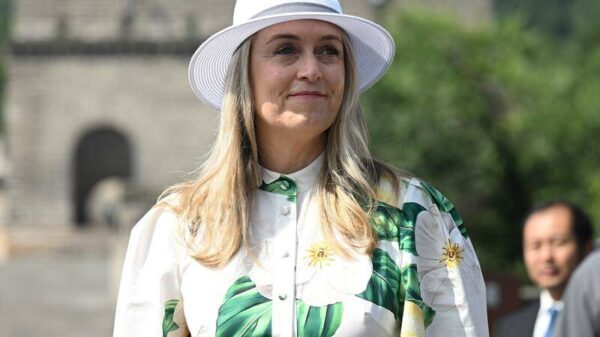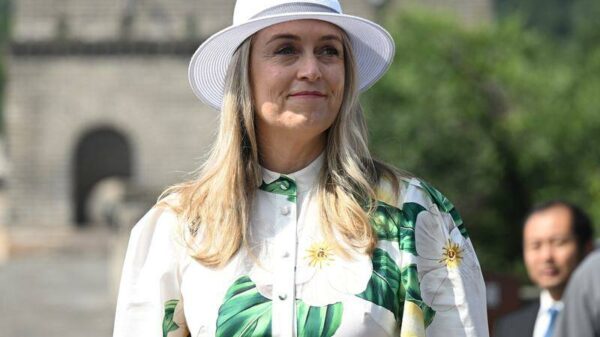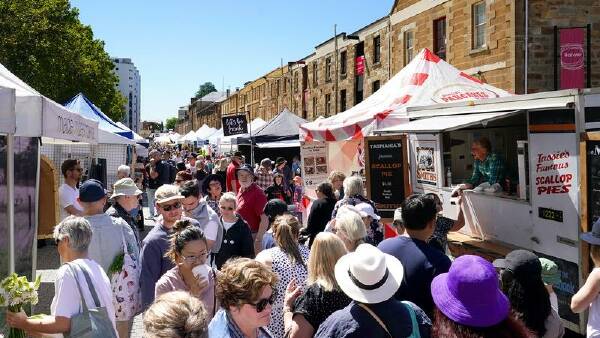URGENT UPDATE: Two cities are currently locked in a fierce competition to be recognized as Australia’s oldest capital, with recent data revealing a surprising shift at the top of the rankings. As of 2023, Melbourne and Sydney continue to vie for dominance, each boasting a significant portion of their populations aged 65 years and older.
New reports from the Australian Bureau of Statistics confirm that these cities are experiencing a demographic transformation. Melbourne has seen its population of seniors surge to over 1.6 million, pushing it ahead of Sydney in recent months. However, Sydney is not far behind, with a rapidly growing elderly population, leading to a dynamic race that could change at any moment.
The implications of this demographic shift are profound. As both cities grapple with the challenges of an ageing society, they face increased pressure on healthcare systems, housing, and social services. This situation resonates with residents and policymakers alike, highlighting the urgent need for strategies to support a growing older population.
Officials emphasize the importance of addressing these challenges head-on.
“We must ensure that our cities are equipped to support an ageing demographic effectively,”
said a spokesperson from the Department of Health. This sentiment is echoed by community leaders who are calling for immediate action to enhance services for seniors.
As the battle to claim the title of Australia’s oldest capital continues, all eyes are on the upcoming census data set to be released in mid-2024. This will provide further insights into the ageing population trends and may shift the rankings once again.
Stay tuned for more updates on this developing story as cities across Australia adapt to the evolving demographic landscape. What happens next could redefine how we view our urban centers and their ability to cater to an ageing population.





























































